Doctor Who in Review: Season Four, Episode #8 – Silence in the Library
 The hit BBC series Doctor Who
The hit BBC series Doctor Who is now in its fourth season on the Sci-Fi Channel, and since we’re all big fans here at ComicMix, we’ve decided to kick off an episode-by-episode analysis of the reinvigorated science-fiction classic.
Every week, I’ll do my best to go through the most recent episode with a fine-tooth comb (or whatever the "sonic screwdriver" equivalent might be) and call out the highlights, low points, continuity checks and storyline hints I can find to keep in mind for future episodes. I’ll post the review each Monday, so you have ample time to check out the episode once it airs each Friday at 9 PM EST on Sci-Fi Channel before I spoil anything.
Missed a week? Check out the "Doctor Who in Review" archive or check out any of the past editions of this column via the links at the end of this article.
Keep in mind, I’m going to assume readers have already watched the episode when I put fingers to keyboard and come up with the roundup of important plot points. In other words, SPOILER ALERT!
Let’s begin now, shall we?
Season Four, Episode #8: "Silence in the Library"


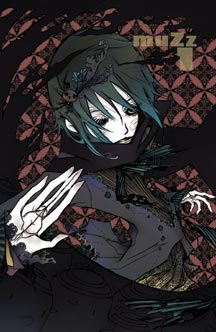

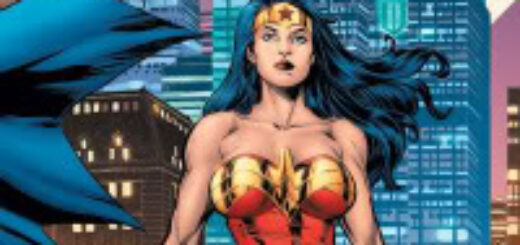
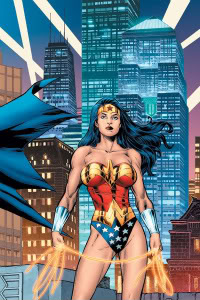 It’s time we talked about Kurt Busiek.
It’s time we talked about Kurt Busiek.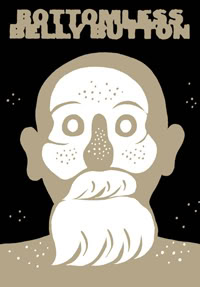 Dash Shaw has a strange habit of defining things, of explaining all the elements of his world in minute detail.
Dash Shaw has a strange habit of defining things, of explaining all the elements of his world in minute detail.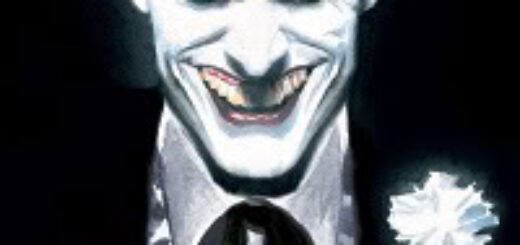
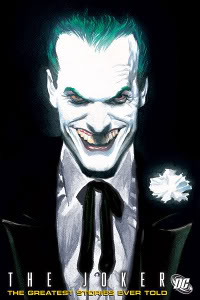 This summer is a big one for Batman’s deadliest foe, the Joker, with the deceased Heath Ledger giving an apparently mesmerizing take on the clown prince of crime in [[[The Dark Knight]]].
This summer is a big one for Batman’s deadliest foe, the Joker, with the deceased Heath Ledger giving an apparently mesmerizing take on the clown prince of crime in [[[The Dark Knight]]].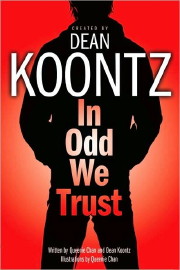
 The hit BBC series
The hit BBC series 
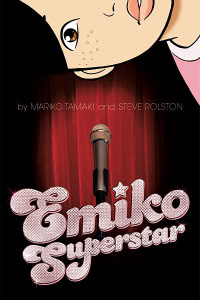 [EDITOR’S NOTE: This is the fourth in a series of reviews of the five books coming out from DC’s Minx imprint this year. Previously, Van Jensen reviewed Rebecca Donner’s
[EDITOR’S NOTE: This is the fourth in a series of reviews of the five books coming out from DC’s Minx imprint this year. Previously, Van Jensen reviewed Rebecca Donner’s 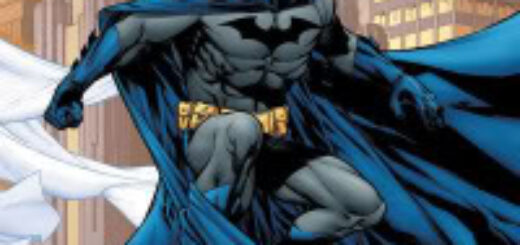
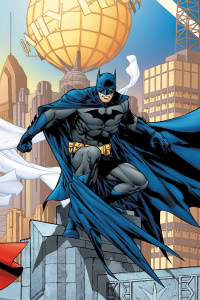 Two weeks down, and things are already heating up in DC’s weekly series Trinity.
Two weeks down, and things are already heating up in DC’s weekly series Trinity.








